The exhibition offered a contemporary view of the Black Panther Party and its aims to serve oppressed people and fight injustice. I toured the gallery a few weeks ago and was inspired by the Panthers’ strength, vulnerability, passion and pride.
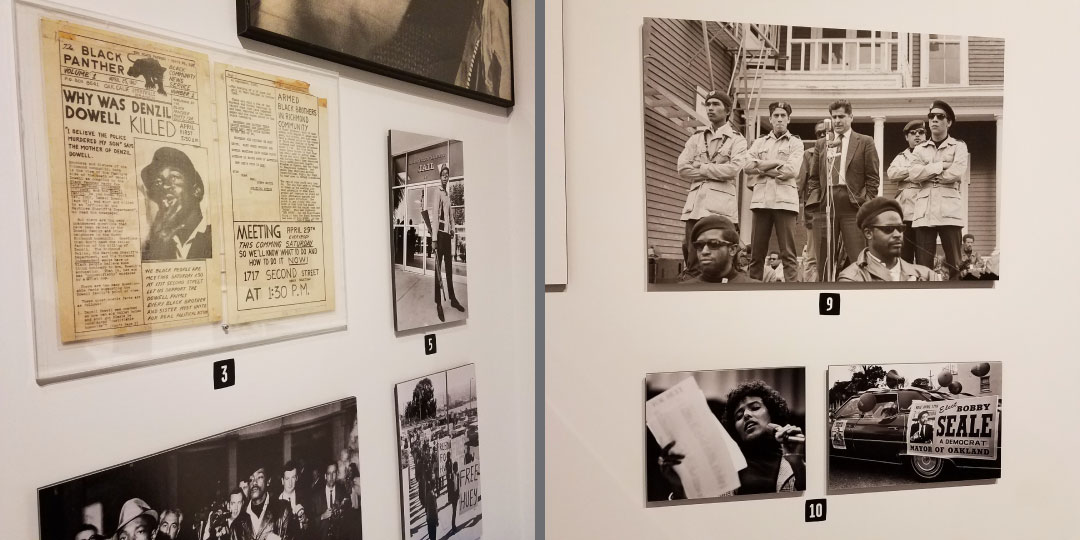 The exhibit opened with a powerful quote by Stokely Carmichael that addressed the complex origins of the Black Panther Party. The full history of the Black Panther Party is often misunderstood, many people still fear their militant image and are unaware of the Party’s underlying nature and intent. The exhibition was designed explore the Panthers’ potent ideas and inspire reflection about the Black Panther Party and its place in American history.
The exhibit opened with a powerful quote by Stokely Carmichael that addressed the complex origins of the Black Panther Party. The full history of the Black Panther Party is often misunderstood, many people still fear their militant image and are unaware of the Party’s underlying nature and intent. The exhibition was designed explore the Panthers’ potent ideas and inspire reflection about the Black Panther Party and its place in American history.
“If a white man wants to lynch me, that’s his problem. If he’s got the power to lynch me, that’s my problem. Racism is not a question of attitude; it’s a question of power.
-Stokely Carmichael
The Black Panther Party started as a small organization in Oakland in 1966. By 1968, after the assassination of Martin Luther King Jr., the Black Panther Party grew to include chapters all over the country. In 1970, it expanded even further to encompass more than 40 national chapters and branches, and had a membership of over 5,000. Eventually, the Black Panther Party had offices, branches, and affiliates in: Australia, England, Germany, France, India, Israel, New Zealand, Palestine, Algeria and other nations in Africa.
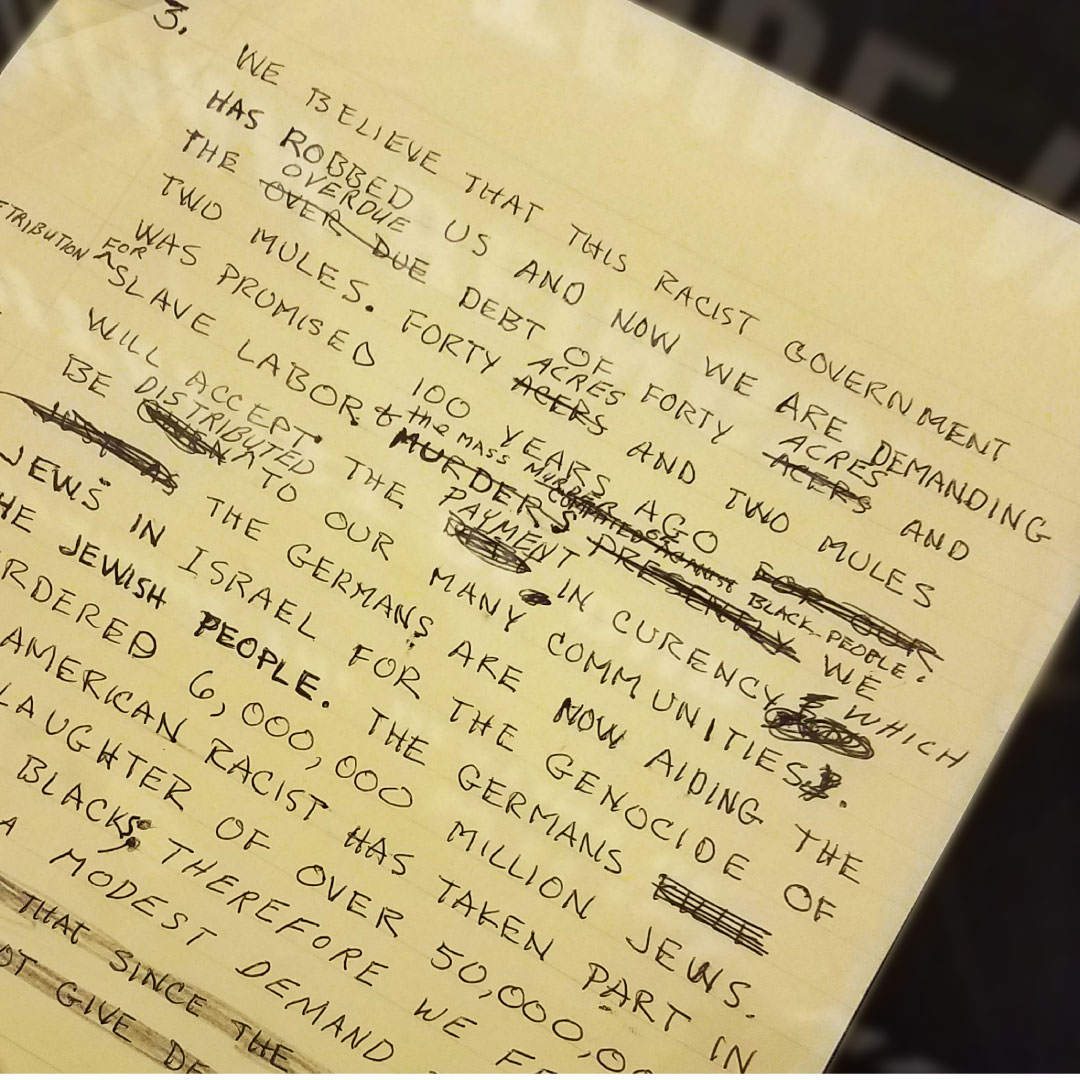 “We don’t hate nobody because of their color. We hate oppression!”
“We don’t hate nobody because of their color. We hate oppression!”
-Bobby Seale, Black Panther Party Co-Founder
I think there is something especially intimate about handwritten notes and letters. It was fascinating to see Bobby Seale’s original handwritten draft of the Black Panther Party’s Ten-Point Program.
The need for the Black Panther party came from the particular experience of African Americans during the politically explosive 1960s. Racial discrimination was rooted in the painful legacy of slavery and continued to affect: the treatment of black communities, the formation of cities such as Oakland, and the expressions of attitude about race. The Panthers believed that fighting deep-seated, systemic racism would require new strategies.
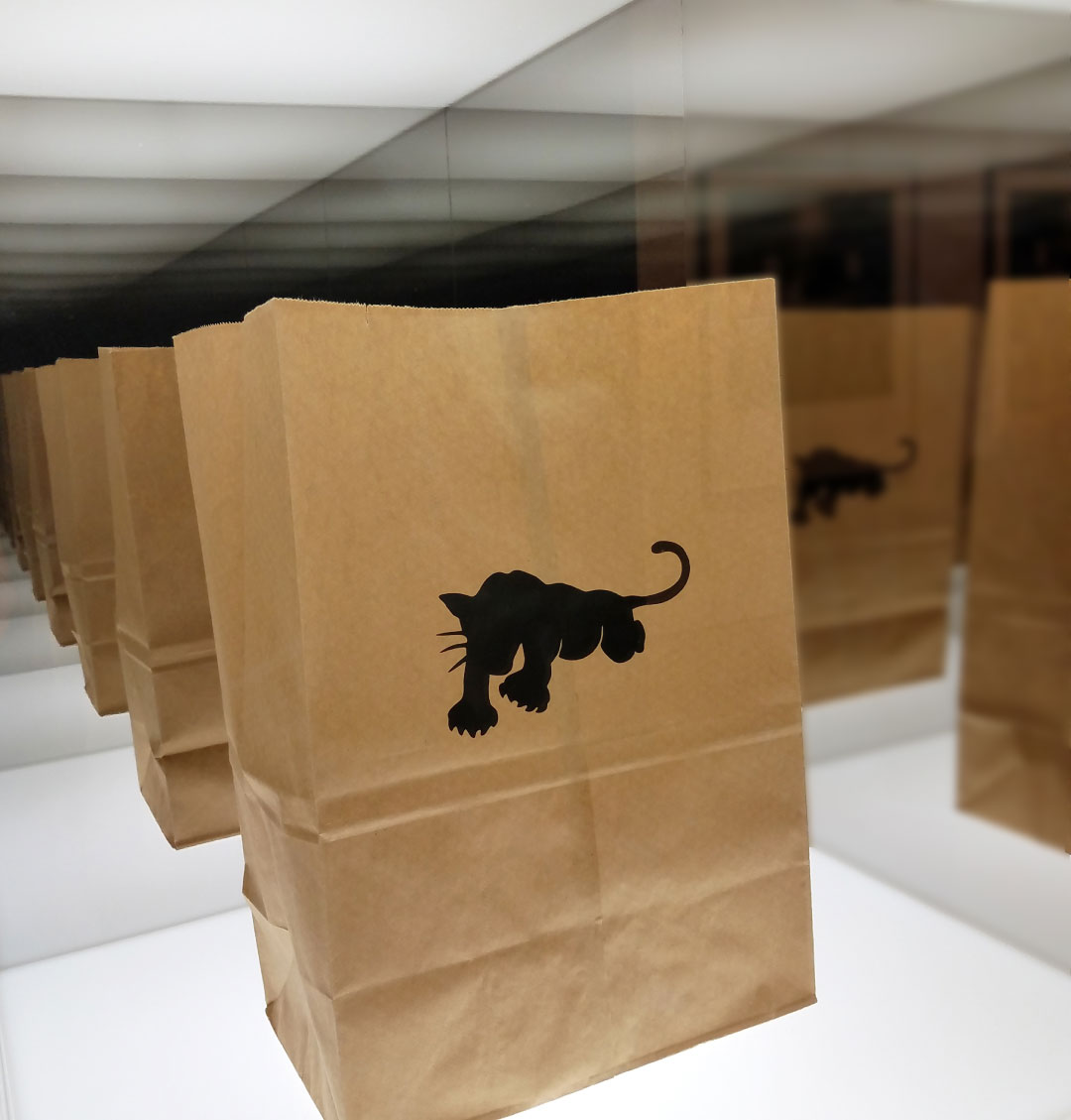
As a designer, stellar branding always catches my eye. The powerful simplicity of the Black Panther Party mascot speaks volumes and it gave a cohesive visual identity to the Party’s diverse community programs.
The Panthers envisioned and instituted basic survival programs as ways to help African Americans and other oppressed people meet their basic needs. They organized free food distribution as one of their survival programs. On multiple occasions, the Black Panther Party gave away thousands of bags of donated groceries to local community members. Some of these programs still exist today in some form. In fact, the free breakfast program for children that the Panthers started is the basis of the current school breakfast programs across the country.
Other community programs that the Black Panthers started include free health clinics, free buses for family prison visits, liberation schools, free ambulance services and free legal aid.
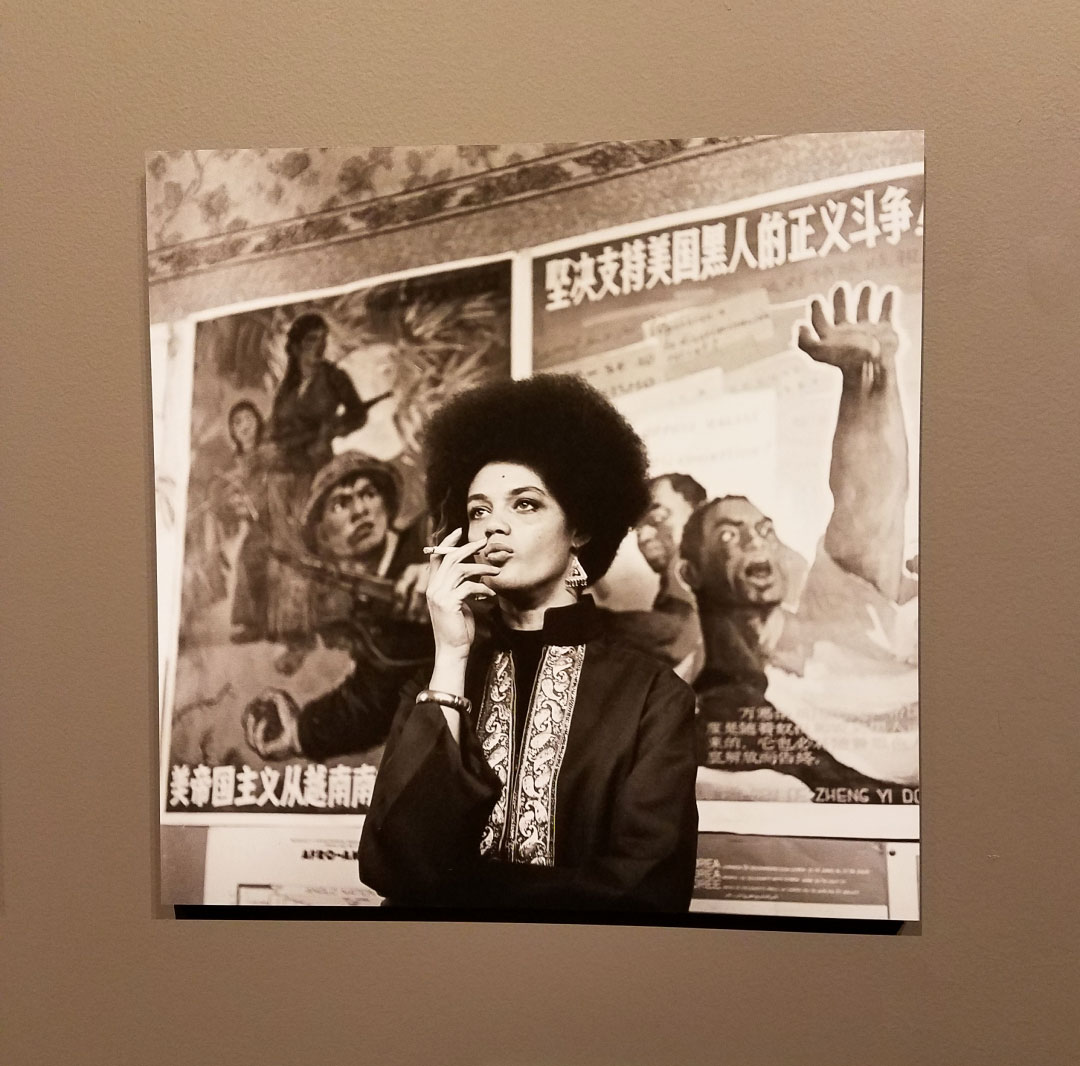
“You don’t have to be a man to fight for freedom. All you have to do is be an intelligent human being”
-Malcom X
The stereotypical image of a Black Panther Party member is usually a young African-American male carrying a gun. This image may accurately reflect the Party in its infancy, but by 1970 women made up two-thirds of the Party’s membership. Women were the heart and soul of the Black Panther Party. They held roles in the Party equal to those of their male counterparts, including chapter leadership. This striking photo of Kathleen Cleaver jumped out as a beautiful juxtaposition to more familiar masculine and militant images of the Black Panther Party.
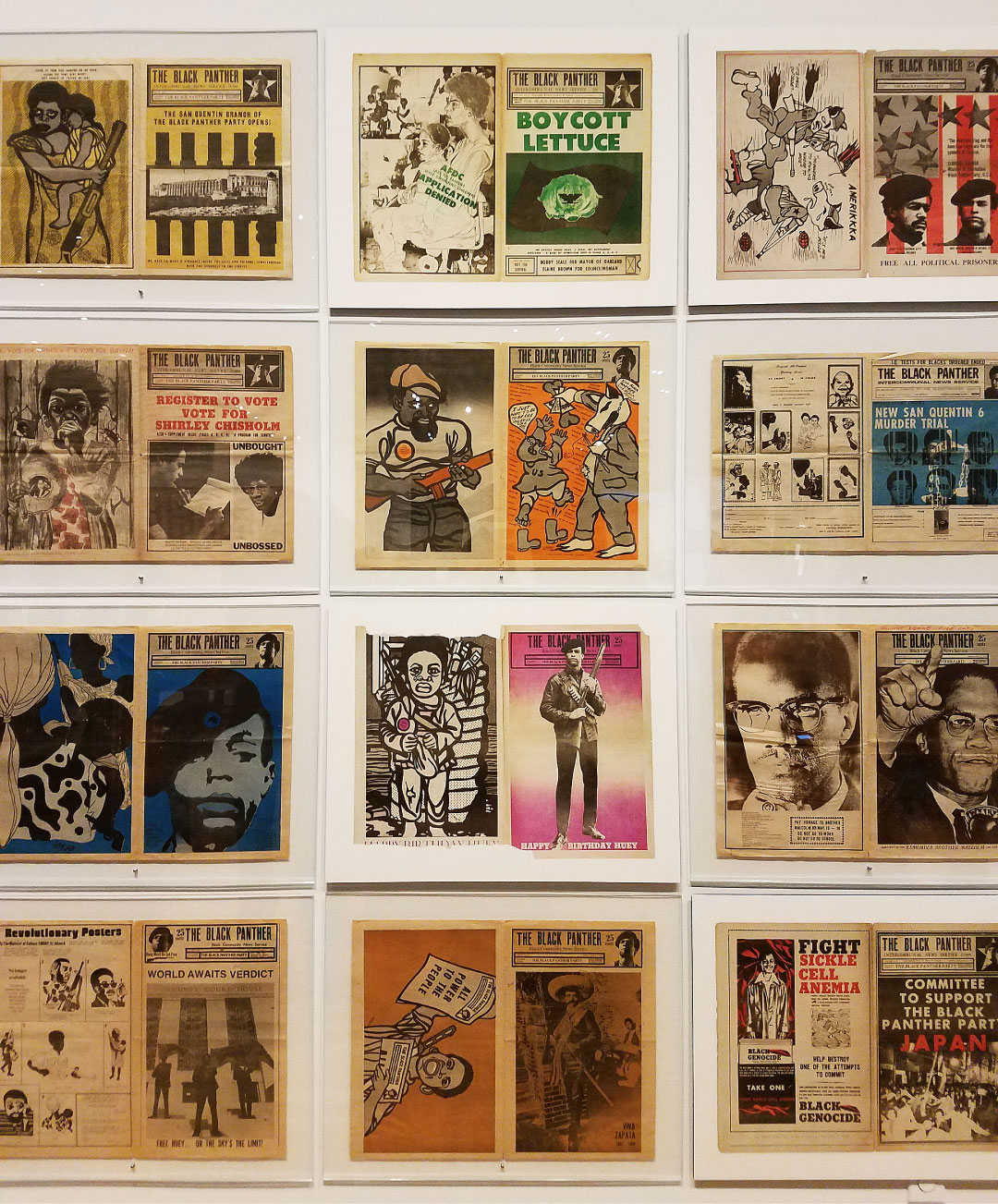
“I don’t expect the White media to create positive Black Male images”
-Huey P. Newton, Black Panther Party Co-Founder
I like to explore ways that culture, art and design can amplify messages. The Black Panther Party spread its ideas and political messages through posters, music, newspapers, speeches, poetry and photography. The Party’s way of connecting art and politics is part of a rich creative tradition that continues today. A huge wall decorated with vintage editions of the Black Panther Party newspaper was one of the most popular features of the exhibition.
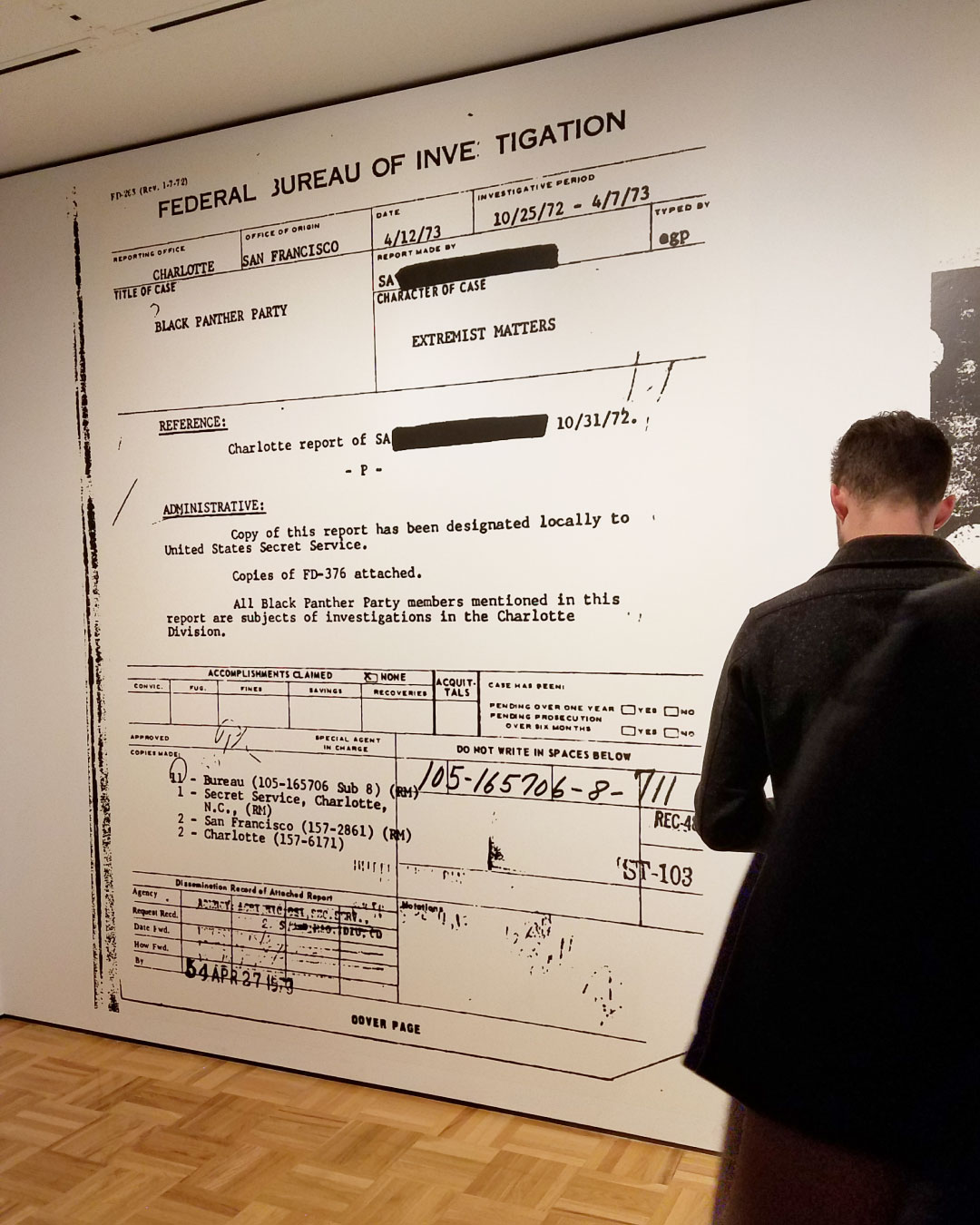 The government’s attempts to disrupt the Party’s vanguard revolution is an integral part of The Panther’s history. The FBI’s covert Counter Intelligence Program (COINTELPRO) is known to have incited disinformation campaigns, sometimes deadly attacks, and other means to destroy and discredit the organization. The gravity of the government’s interference was conveyed through the scale and visual weight of archived FBI documents.
The government’s attempts to disrupt the Party’s vanguard revolution is an integral part of The Panther’s history. The FBI’s covert Counter Intelligence Program (COINTELPRO) is known to have incited disinformation campaigns, sometimes deadly attacks, and other means to destroy and discredit the organization. The gravity of the government’s interference was conveyed through the scale and visual weight of archived FBI documents.
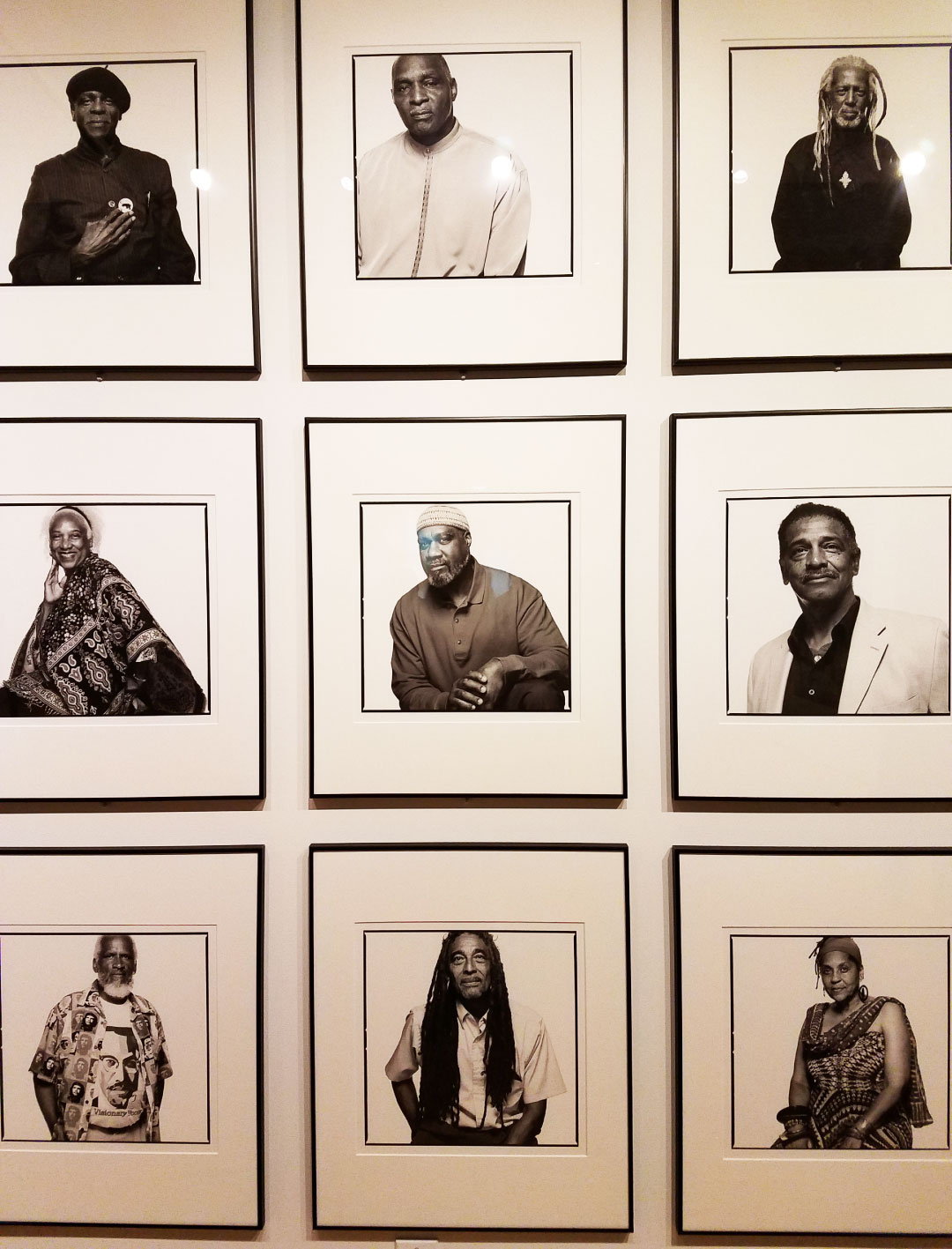
The Black Panther party’s ideology and message resonated with people all over the world. The Party no longer exists as an organization. However, their ideas and spirit live on in former Panthers and a generation of new artists, community organizers, and citizens who will help determine the future. Visitors were encouraged to continue learning about activism (recommended reading list below) and to question & combat social injustice.
The final installation of the exhibition was a gallery wall showcasing current portraits of former Black Panther Party members. The portraits serve as a poignant reminder of the relevance of the Black Panther movement in today’s world. The portraits also show the World exactly what the Black Panther Party looks like 50 years later.
RECOMMENDED READING LIST
(provided by the Oakland Museum of California)
The New Jim Crow: Mass Incarceration in the Age of Colorblindness by Michelle Alexander This is an emotionally difficult read; however, the information it contains is of the utmost importance in these contemporary times. Michelle Alexander presents a thorough, persuasive argument that the war on drugs and its consequent incarceration of a disproportionate number of black American men amounts to a form of racialized social control akin to the Jim Crow laws.
Black Against Empire: The History and Politics of the Black Panther Party by Joshua Bloom and Waldo E. Martin, Jr. Bloom and Martin create an indispensable political history of the Black Panther Party that clearly explains the Party’s origins, rise, and fall. It stays above the fray without losing sight of the story’s human drama. A must read.
Who We Be: The Colorization of America by Jeff Chang Jeff Chang’s culturally infused examination of the question of American identity—from the 1960s, through the 1990s’ Culture Wars, to the present age of Obama—is a road map for who we are.
The Beautiful Struggle by Ta-Nehisi Coates Written in evocative lyrical prose, this memoir focuses on Ta-Nehisi Coates’ childhood and relationship with his father, Paul, who was a member of the Black Panther Party in Baltimore. A searing father-son story, The Beautiful Struggle is a reflection on manhood, consciousness, and ultimately, the power of love.
The Black Power Mixtape 1967–1975 by Göran Hugo Olsson Open this book to any page and jump into the past. Not your traditional history text, this book uses a kaleidoscopic array of materials to bring the period to life: excerpts from historic news footage, interviews with figures such as Stokely Carmichael and Angela Davis, music old and new, and contemporary reflections by musicians like Erykah Badu and Questlove. Accompanies the 2011 documentary of the same title.
One Crazy Summer by Rita Williams-Garcia This heartwarming story follows three sisters as they travel to Oakland in 1968 to visit their mother. An exciting and educating summer begins with the discovery that their mother is a member of the Black Panther Party. An immersive and captivating tale for readers of all ages.
Background information courtesy of the Oakland Museum of California
FOLLOW ME

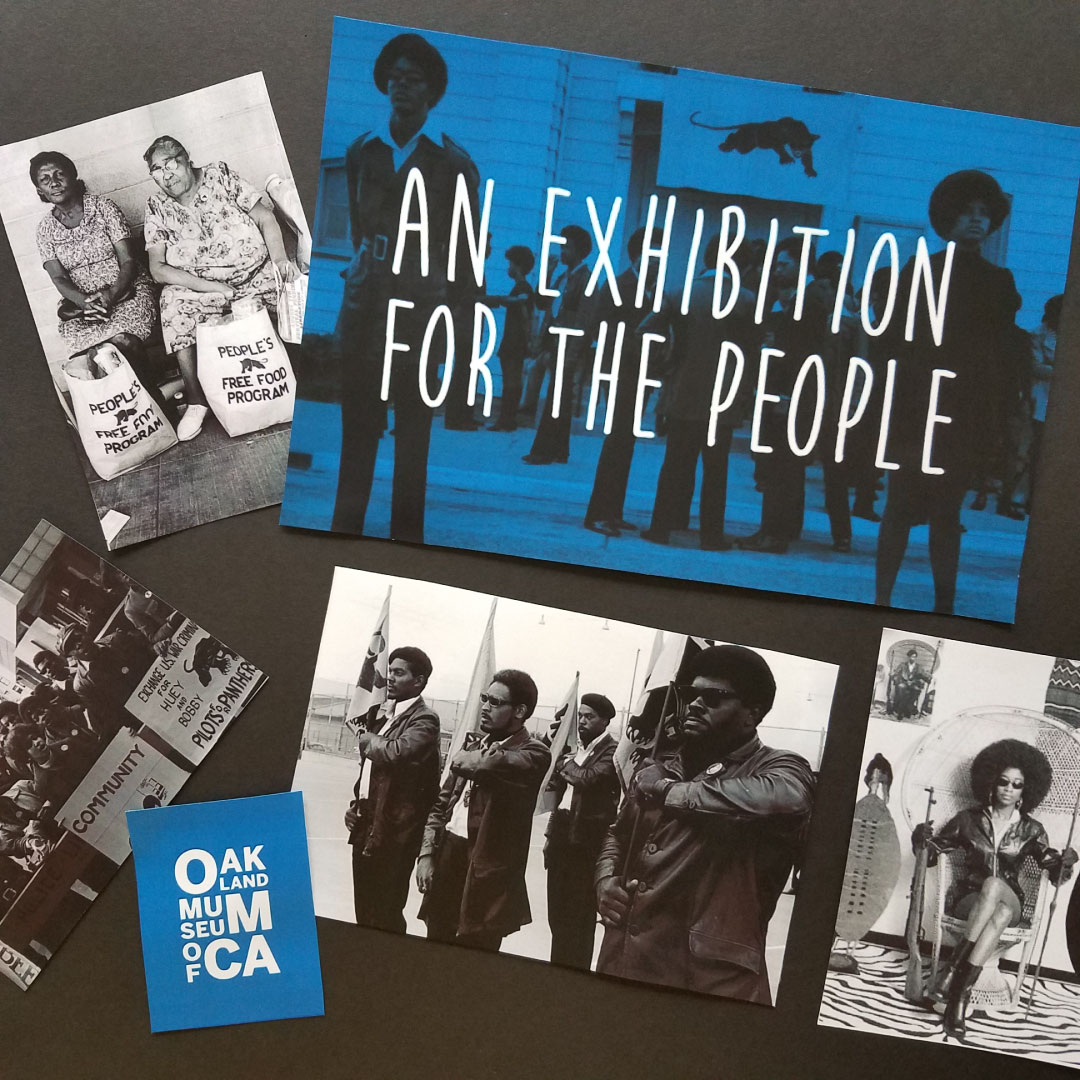
 Multi-faceted Designer, Creative Director & Founder of SCOTCHBONNET! Accessories
Multi-faceted Designer, Creative Director & Founder of SCOTCHBONNET! Accessories